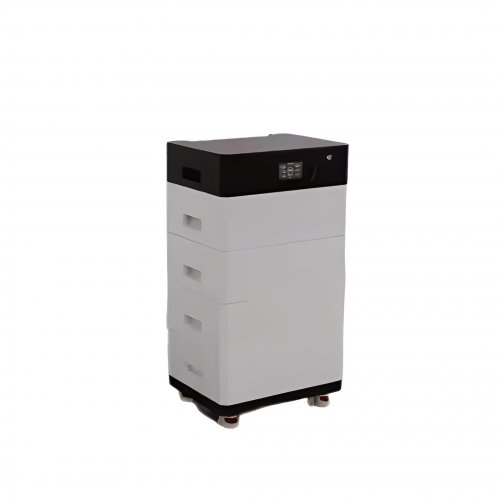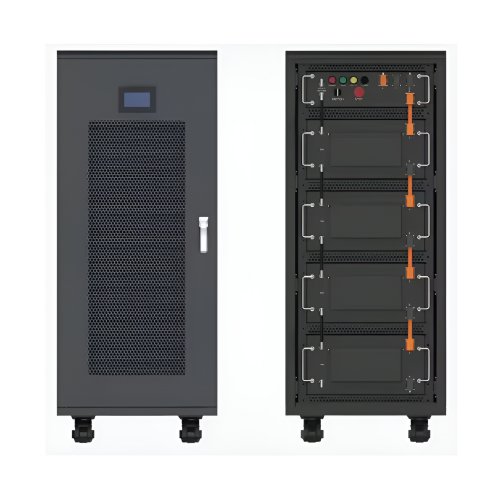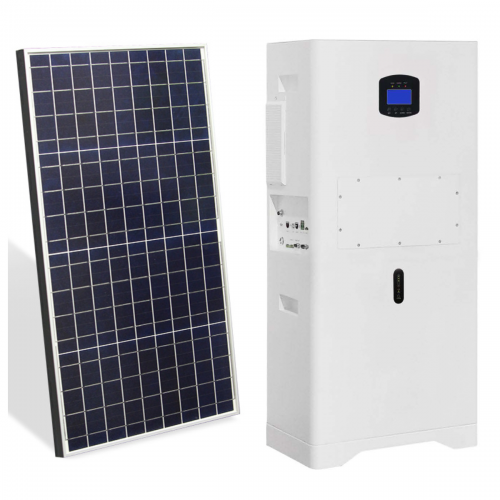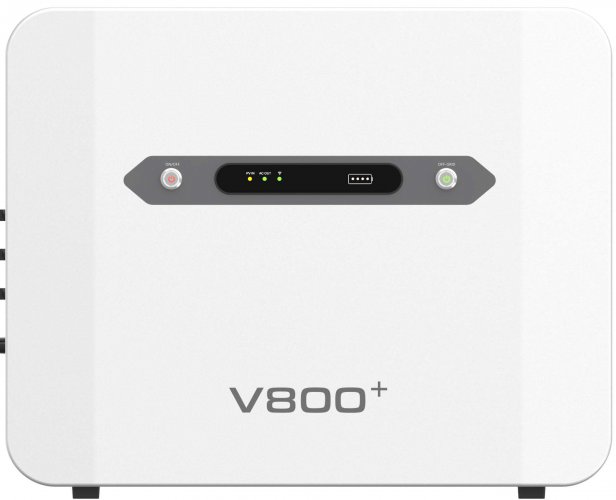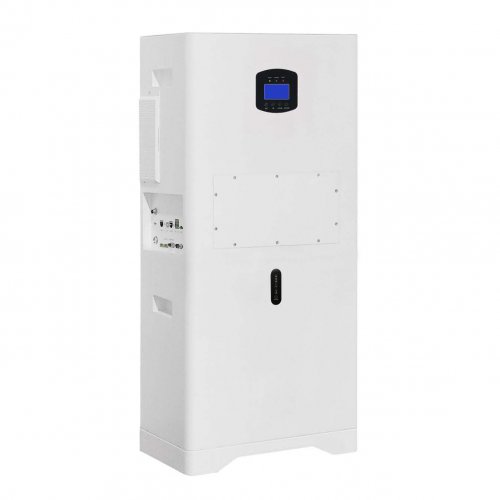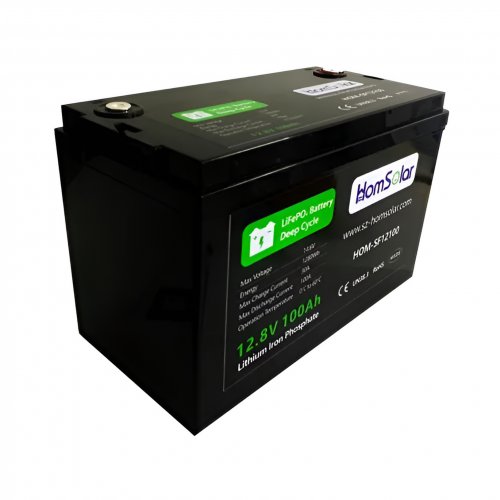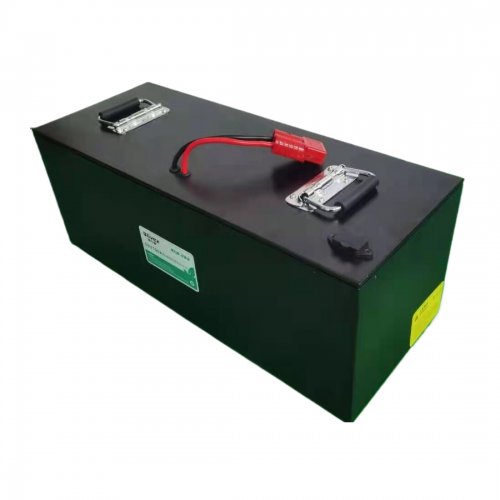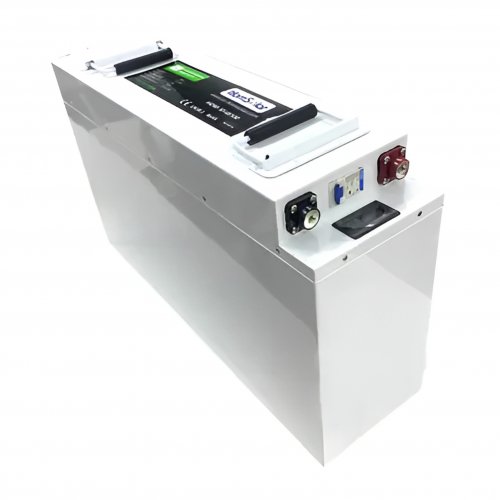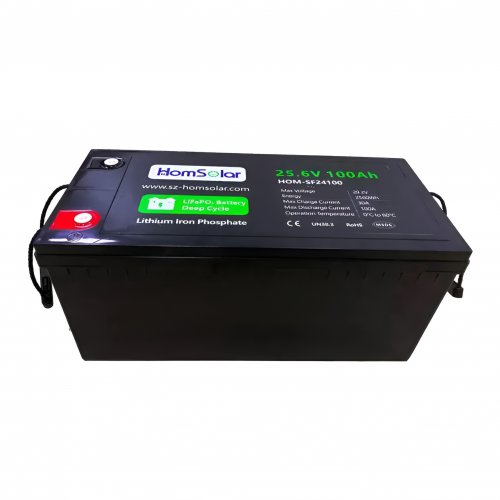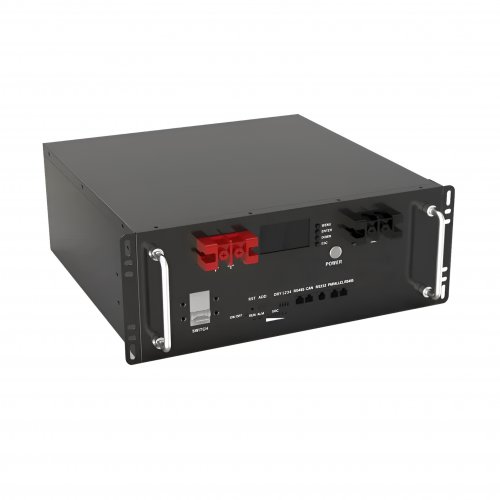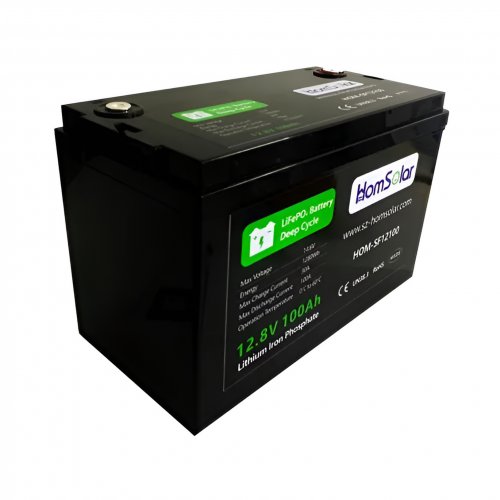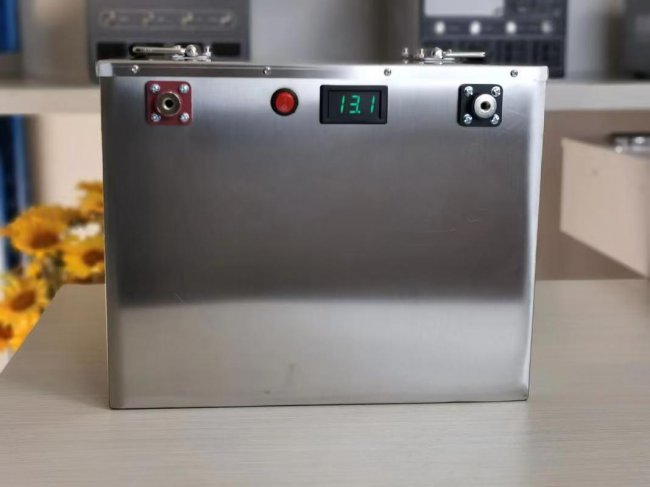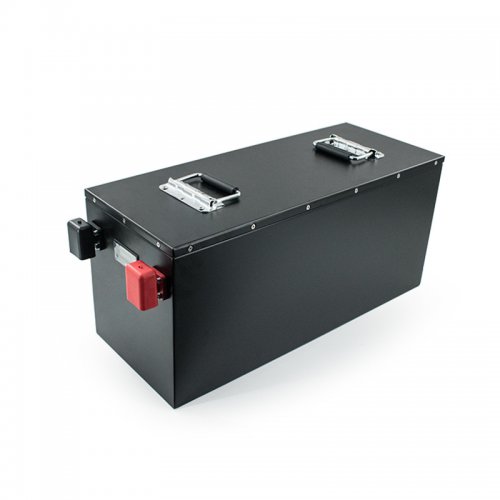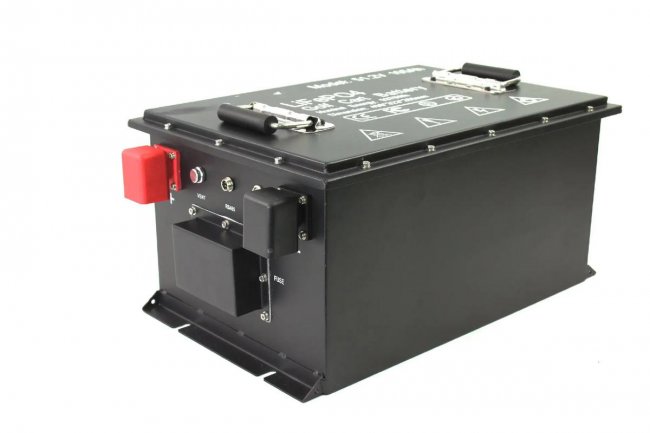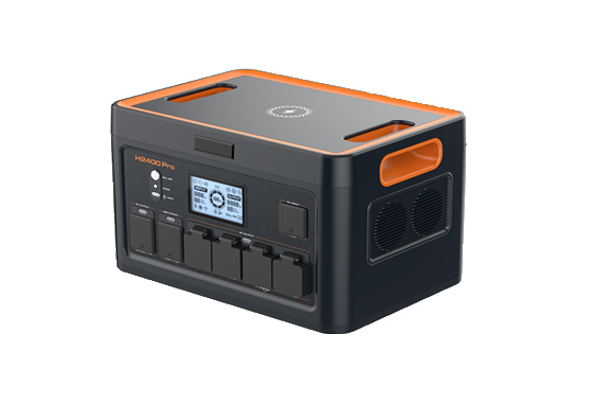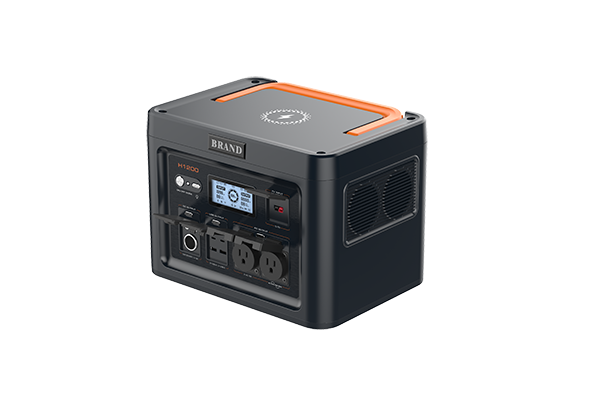Carbon dioxide removal portfolios enable reaching ambitious climate targets
New research by LUT University, Finland, and OTH Regensburg, Germany, presents the techno-economic assessment of carbon dioxide removal (CDR) from a portfolio perspective. Two climate targets of 1.5 C and a more ambitious 1.0 C until 2100 have been studied. The publication is entitled “Assessment of technologies and economics for carbon dioxide removal from a portfolio perspective” and published in the scientific outlet International Journal of Greenhouse Gas Control.
Commonly, only a few CDR options are considered: direct air carbon capture and sequestration (DACCS), bioenergy with carbon capture and sequestration (BECCS), enhanced weathering, afforestation and reforestation, biochar, and soil carbon sequestration. The problem is that possible technical solutions are more diverse, and a broader investigation into technologies is required.
In this study, a wide variety of possible CDR routes have been identified. All processes aim to remove CO2 from the atmosphere and, if possible, are fully electrified to run on 100% renewable electricity. This allows for the best possible integration into a solar PV and wind power-dominated energy system.

Image: LUT
Two climate targets were studied, following the 1.5 C target of the Paris Agreement and a more ambitious 1.0 C target for a safe and just climate within planetary boundaries. The total CDR demand in the 21st century is based on previous research identifying 500 GtCO2 CDR demand for the 1.5 C and 1750 GtCO2 CDR demand for the 1.0 C target. Macroeconomic assumptions follow a global gross domestic product (GDP) development approximating equality globally by 2100, and the medium population projections by the United Nations, modeled with the LUT-DEMAND tool. In addition, the underlying energy system is assumed to be dominated by solar PV by mid-century as a least-cost solution and following trends identified by the PV community.
The CDR portfolios are created by assigning scores to CDR technologies based on weights for societal preferences. Six different portfolios are investigated in detail: balanced, low cost, low energy, high security, low area, and high technology readiness. CDR routes are listed by achieved score and deployed until the full potential is reached. The tool used for portfolio creation, LUT-CDR is available in full open access.
The balanced portfolio emphasizes all preferences equally. Low-cost, low-energy, and low-area portfolios prefer the minimization of the respective target parameter, meaning to keep either cost, energy, or area as low as possible. The high-security portfolio aims for a long-term sequestration of CO2 in solid carbonates, reducing the risk of the re-emission of the greenhouse gas. The high technology readiness portfolio prefers the most mature technologies.
The key results show that the financing of large-scale CDR powered by a solar-dominated energy system is possible with a maximum cost extent of less than 1% of the total global projected GDP even for partial climate restoration to 1.0°C. The additional primary energy required, however, is significant, though manageable when choosing the right CDR portfolio in combination with abundantly available renewable electricity. Solar PV is to play a key role due to its low-cost nature and global availability, adding value to the economic attractiveness of large-scale CDR.
Customized/OEM/ODM Service
HomSolar Supports Lifepo4 battery pack customization/OEM/ODM service, welcome to contact us and tell us your needs.


HomSolar: Your One-stop LiFePO4 Battery Pack & ESS Solution Manufacturer
Our line of LiFePO4 (LFP) batteries offer a solution to demanding applications that require a lighter weight, longer life, and higher capacity battery. Features include advanced battery management systems (BMS), Bluetooth® communication and active intelligent monitoring.

Customised Lithium Iron Phosphate Battery Casing
ABS plastic housing, aluminium housing, stainless steel housing and iron housing are available, and can also be designed and customised according to your needs.

HomSolar Smart BMS
Intelligent Battery Management System for HomSolar Energy Storage System. Bluetooth, temperature sensor, LCD display, CAN interface, UART interface also available.


Terminals & Plugs Can Be Customized
A wide range of terminals and plugs can be customised to suit the application needs of your battery products.

Well-designed Solutions for Energy Storage Systems
We will design the perfect energy storage system solution according to your needs, so that you can easily solve the specific industry applications of battery products.



About Our Battery Cells
Our energy storage system products use brand new grade A LiFePO4 cells with a battery lifespan of more than 4,000 charge/discharge cycles.



Applications in Different Industries
We supply customized & OEM battery pack, assemble cells with wiring, fuse and plastic cover, all the cell wires connected to PCB plug or built BMS.
Applications: E-bike, Electric Scooter, Golf Carts, RV, Electric Wheelchair, Electric Tools, Robot Cleaner, Robot Sweeper, Solar Energy Storage System, Emergency Light, Solar Power Light, Medical Equipment, UPS Backup Power Supply.
We can provide you with customized services. We have the ability to provide a vertical supply chain, from single cells to pack/module and to a complete power solution with BMS, etc.


HomSolar (Shenzhen) Technology Co., Ltd







